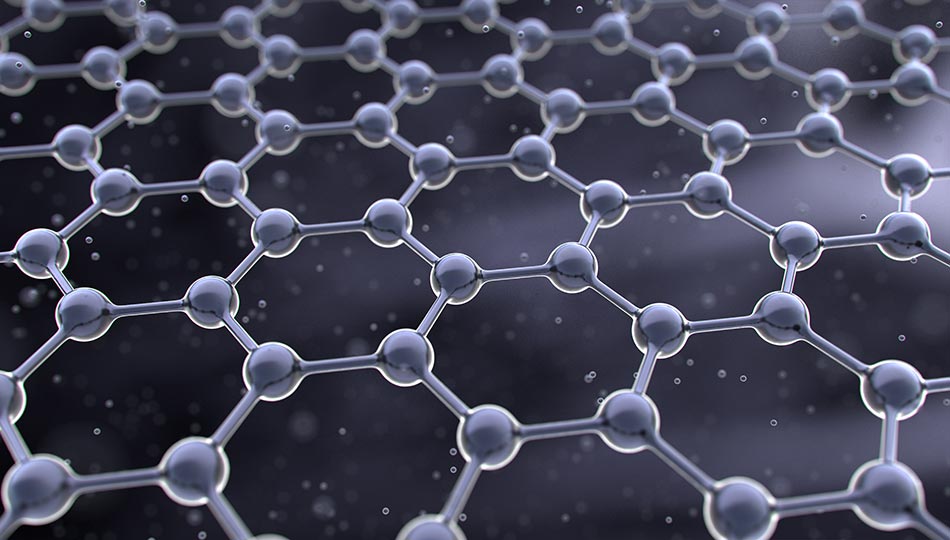In the quest for sustainable development and environmental conservation, cutting-edge technologies have emerged as vital tools for safeguarding our planet. Among these advancements, nanotechnology has gained significant attention due to its unique potential in addressing environmental challenges. Nano, derived from the Greek word “nanos” meaning “dwarf,” involves manipulating matter at the nanoscale level, typically between 1 and 100 nanometers. This article explores the profound impact of nanotechnology on environmental protection, showcasing its diverse applications and contributions to creating a greener and more sustainable future.
- Nanotechnology and the Environment: Nanotechnology offers an array of innovative solutions to environmental problems, ranging from pollution control to resource conservation. By harnessing the exceptional properties exhibited by materials at the nanoscale, scientists and engineers can develop cutting-edge applications that have transformative effects on various environmental domains.
- Pollution Remediation: a. Water Purification: Nanotechnology has facilitated significant breakthroughs in water treatment processes, enabling efficient removal of contaminants and pollutants. Nanomaterials, such as carbon nanotubes and graphene oxide, possess high adsorption capacities, enhancing the removal of heavy metals, organic pollutants, and even microorganisms from water sources. b. Air Quality Improvement: Nano-enabled air filters and catalytic converters help reduce air pollution by trapping and neutralizing harmful airborne particles and pollutants. These advanced filtration systems exhibit enhanced efficiency and durability compared to conventional methods.
- Energy Efficiency and Renewable Energy: a. Solar Energy: Nanotechnology has revolutionized the efficiency and cost-effectiveness of solar energy. Nanomaterials, such as quantum dots and perovskites, enable the production of solar cells with improved light absorption and energy conversion capabilities. Moreover, nanotechnology aids in developing flexible and lightweight solar panels that can be integrated into various surfaces. b. Energy Storage: Nanomaterials, such as nanowires and nanotubes, have paved the way for high-capacity, lightweight, and fast-charging batteries. These advancements facilitate the proliferation of electric vehicles, enabling a shift towards clean transportation and reducing reliance on fossil fuels.
- Waste Management: a. Nanomaterials for Waste Treatment: Nanotechnology contributes to more efficient waste management by enhancing recycling and waste treatment processes. Nanocatalysts help break down complex organic compounds, accelerating composting and reducing waste decomposition time. Additionally, nanomaterials can be utilized to selectively extract valuable resources from electronic waste, promoting the circular economy. b. Nanosensors for Environmental Monitoring: Nano-sized sensors enable real-time monitoring of environmental parameters, including air quality, water contamination, and soil conditions. These sensors provide accurate and continuous data, empowering researchers and policymakers to make informed decisions regarding environmental management.
- Sustainable Agriculture: a. Nanopesticides and Fertilizers: Nanotechnology aids in the development of targeted and controlled-release delivery systems for pesticides and fertilizers. Nanoformulations enhance efficiency, reduce chemical usage, and minimize environmental impacts by precisely delivering the required amounts of agrochemicals to crops. b. Crop Enhancement: Nanoparticles and nanoscale coatings can improve seed germination, nutrient uptake, and plant growth. These advancements enhance crop productivity while minimizing the need for excessive water, fertilizers, and pesticides.
- Environmental Monitoring and Remediation: a. Nanorobotics: Nanorobots, consisting of nanosensors and nanomotors, offer the potential to detect and remediate environmental pollutants with unparalleled precision. These nanorobots can navigate through ecosystems, identifying and neutralizing contaminants at their source. b. Nanoremediation: Nanotechnology provides innovative solutions for cleaning up contaminated soil and groundwater. Nanoparticles with catalytic and adsorptive properties can selectively target contaminants, breaking them down into less harmful substances or adsorbing them for removal. This approach offers a more efficient and cost-effective alternative to traditional remediation methods.
- Environmental Monitoring and Risk Assessment: Nanotechnology plays a crucial role in advancing environmental monitoring and risk assessment practices. Nanosensors embedded in wearable devices, for example, can detect and measure pollutants in real-time, providing individuals with valuable information about their immediate surroundings. Additionally, nanotechnology enables the development of sophisticated analytical techniques for detecting and quantifying trace amounts of pollutants in environmental samples, facilitating more accurate risk assessments and informed decision-making.
- Nanomaterials and Eco-Friendly Design: The unique properties of nanomaterials allow for the creation of eco-friendly products with reduced environmental impact. For instance, the use of nanocoatings can enhance the durability and resistance of materials, reducing the need for frequent replacements and minimizing waste generation. Nanomaterials also enable the development of lightweight and energy-efficient construction materials, contributing to sustainable infrastructure development.
- Environmental Concerns and Regulation: While nanotechnology offers immense potential for environmental protection, it is essential to address any associated risks and ensure responsible development. Researchers and policymakers must proactively assess the potential environmental impacts of nanomaterials throughout their life cycle and establish robust regulatory frameworks to govern their production, use, and disposal. This approach ensures that nanotechnology continues to benefit the environment without compromising human health or ecological integrity.
- Collaboration and Future Outlook: The successful integration of nanotechnology into environmental protection efforts requires collaboration among scientists, engineers, policymakers, and stakeholders from various sectors. Governments, academic institutions, and industry leaders must work together to promote research, development, and deployment of nanotechnology-based solutions. Additionally, public awareness and engagement are vital in fostering acceptance and understanding of nanotechnology’s potential and ensuring its responsible implementation.
Conclusion: Nanotechnology holds immense promise for environmental protection, offering innovative solutions to pressing environmental challenges. From pollution remediation and energy efficiency to waste management and sustainable agriculture, nanotechnology’s applications are diverse and far-reaching. However, responsible development, risk assessment, and regulatory measures are crucial to ensure the safe and sustainable integration of nanotechnology into environmental conservation efforts. With continued collaboration and advancements in nanotechnology, we can pave the way for a greener and more sustainable future, where technology acts as a powerful ally in protecting our planet.
